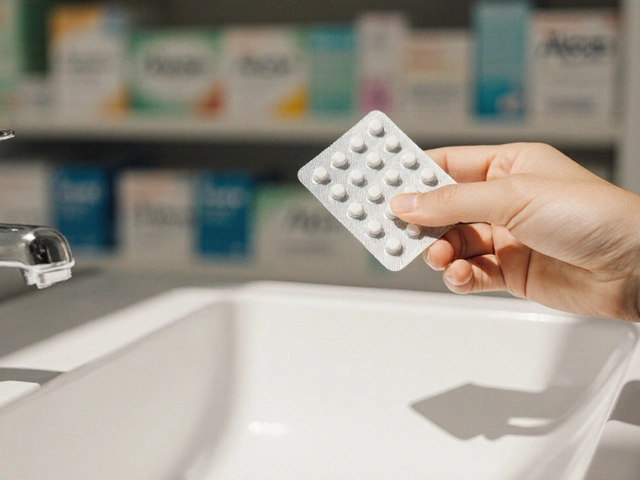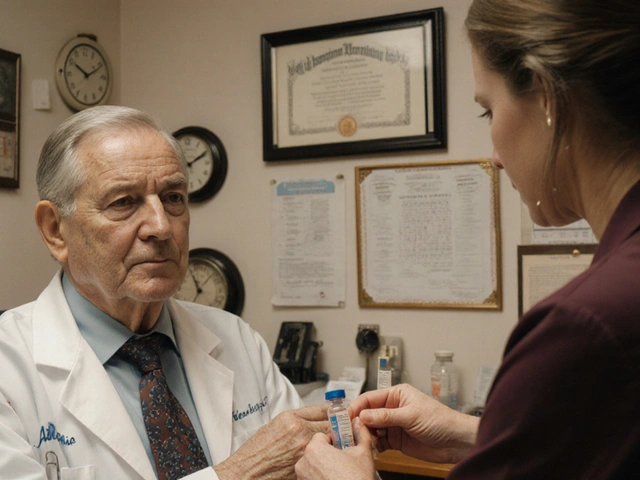Oregano: Practical Uses, Health Benefits, and Safe Tips
Oregano is more than a pizza topping. Fresh and dried oregano and concentrated oregano oil pack compounds like carvacrol and thymol that give the herb its flavor and many of its health claims. You’ll get quick cooking tips, proven uses, and plain-sense safety advice here so you can use oregano without guessing.
How to use oregano in food and drink
Fresh oregano has a brighter, greener taste; dried oregano is more concentrated and slightly bitter. A simple swap rule: 1 tablespoon fresh = 1 teaspoon dried. Add fresh leaves near the end of cooking to keep flavor; sprinkle dried oregano earlier so it softens. For a quick immunity-focused drink, steep 1 teaspoon dried oregano or a few fresh sprigs in a cup of hot water for 5–7 minutes, strain, and sip warm—add lemon or honey to taste.
Oregano oil is much stronger than the herb. One drop is often enough for flavoring when diluted in oil or used in sauces. Never use undiluted oregano oil on skin or take large amounts internally without guidance—it's concentrated and can irritate.
Health uses, evidence, and safe doses
Carvacrol and thymol are the chemicals most often studied. Lab research shows they have antibacterial and antifungal activity against some strains. That doesn’t mean oregano replaces antibiotics, but oregano oil can be a short-term support for mild, non-serious issues like minor throat irritation or occasional digestive upset. For herbal oregano oil capsules, common supplement labels suggest 200–600 mg per day, often split into doses. Follow the product label or ask a pharmacist.
Safety matters: oregano and oregano oil can interact with blood thinners and affect blood sugar control. If you take warfarin, diabetes meds, or plan surgery, talk to your doctor before using oregano supplements. Pregnant or breastfeeding people and young children should avoid concentrated oregano oil; small amounts in food are fine.
For topical use, always dilute oregano oil in a carrier oil (like olive or coconut). A safe starting mix is 1 drop oregano oil per teaspoon (5 mL) carrier oil. Test a small patch on skin for 24 hours to check for sensitivity. If you see redness or burning, stop.
Buying tips: pick organic fresh leaves when possible. For dried oregano, choose whole leaves over powdered—they keep flavor longer. If you buy oregano oil or supplements, look for standardized carvacrol content (often 60–80%) and check third-party testing or lab certificates. Avoid huge claims like “cures infections”—real supplements support, they don’t replace medical care.
Use oregano for flavor, mild supportive wellness, and safe topical use when diluted. Keep expectations realistic: it helps in small, practical ways. If you’re considering oregano oil as a regular supplement, run it by a healthcare professional who knows your meds and health history.
10 Surprising Health Benefits of Oregano Dietary Supplements
In my latest blog post, I delve into the amazing health benefits of Oregano dietary supplements. Many might be surprised to find out that this humble herb, often used in cooking, is packed with properties that can boost our health in various ways. From improving digestion, enhancing skin health, to strengthening the immune system, oregano is a true powerhouse. It also possesses antibacterial and anti-inflammatory properties, which may aid in preventing illnesses. It's safe to say, incorporating oregano supplements into your diet could lead to noticeable improvements in your overall health and well-being.
Health and WellnessLatest Posts
Tags
- online pharmacy
- medication
- dietary supplement
- side effects
- online pharmacy UK
- medication safety
- mental health
- impact
- online pharmacies
- dosage
- skin health
- health
- pain relief
- dietary supplements
- massage therapy
- medication side effects
- eye inflammation
- health benefits
- mental health treatment
- thyroid medication




